In a recently published study, it was proven how the development and the corruption rates of a random city could be analyzed, among many other facts, by the amount of problems, that Uber has when starting their operation in a new city.
Developed cities
The most developed cities which are known for being important cosmopolitans and the biggest and most important urban centers around the world are also cities that have taken the least time to legalize and regulate Uber’s operation. Meanwhile, cities that are known for their high corruption rates and underdevelopment have had all kinds of delays and problems in legalizing San Francisco’s headquarters technological platform. They simply don’t see it as a supplementary and necessary means of transportation.
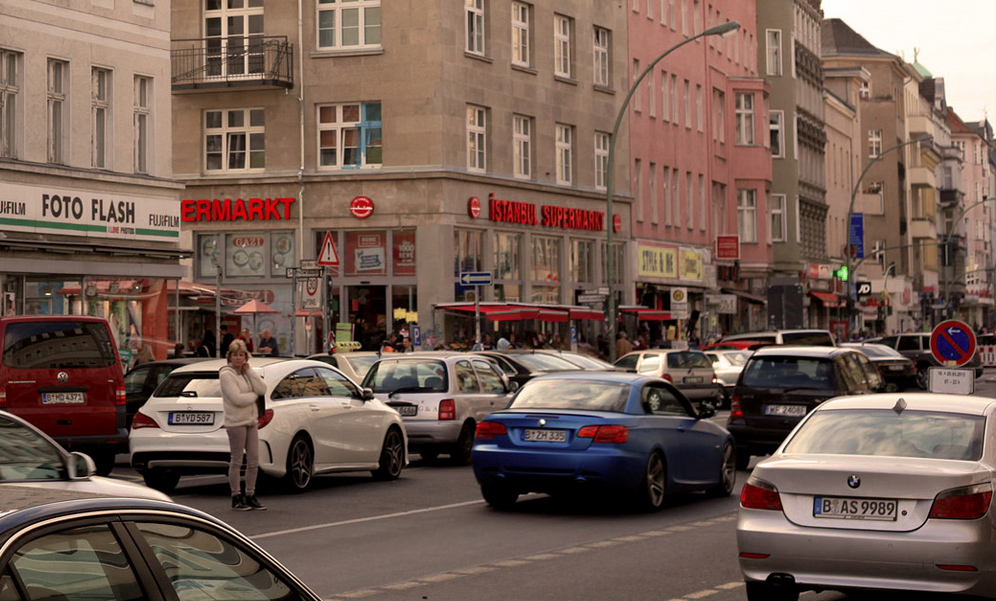
Developed and important cities such as London, Mexico, Sao Pablo, and New York have made Uber an important ally when solving transportation issues and difficult situations and managing mobility matters. Their governments see the multinational company as a good and effective solution for the increasing amount of citizens who have access to viable alternatives regarding mobility around the city.
In those places, Uber doesn’t only count on the support of other cab and transportation companies but they all work together to achieve a common goal: to give citizens a better and effective transportation alternative. Sao Pablo and New York also offer Uber helicopter options as an alternative way to unblock the traffic in some crowded places or rush hours because they certainly know that the vehicle chaos is a difficult issue to address that usually needs all sorts of alternatives.
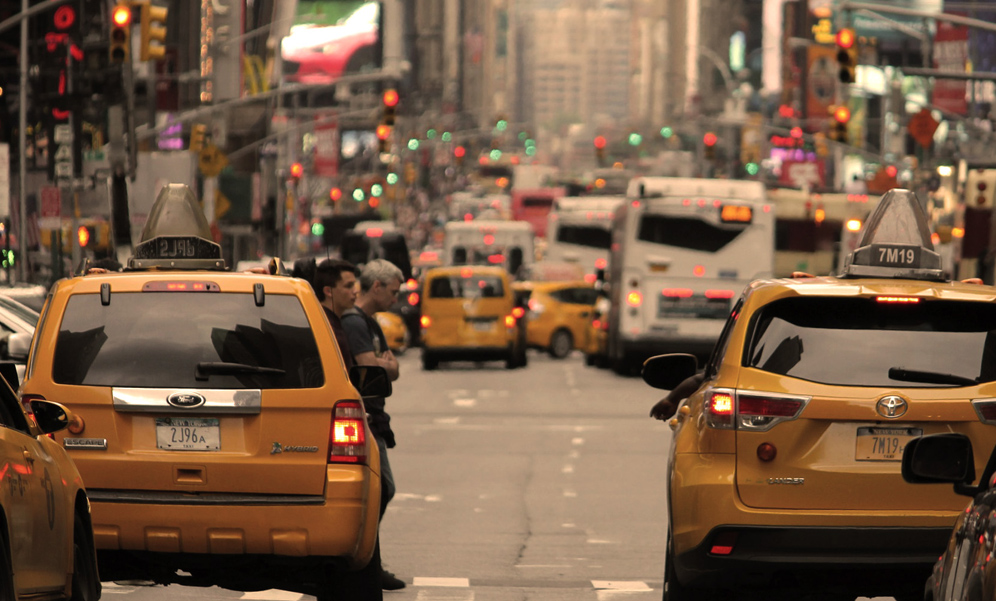
Bogotá is different
Bogota’s reality is the opposite. Since Uber started their operation in the city the users are very satisfied in general terms with the service and the advantages of having an effective, simple, controlled, and secure option such as Uber.
The local government seems to ignore every effort to legalize and regulate it. The company has had to address all sorts of tricks and obstacles and clear unfair competition from the taxi drivers and other public transportation sectors. Tendency has been the rule not only in Bogotá but all around Colombia. The persecution was so obvious that when they were beginning with the services they had to stop the operation all because the government considered it was illegal and that they didn´t fulfill the permits and licenses for operating.
After a short while and after having to face the consumer’s complaints and nonconformities Uber was able to operate again. At that moment, the government announced that they were planning to bill a law project by which they would regulate Uber’s service and some other similar platforms that have been arising since Uber became famous.
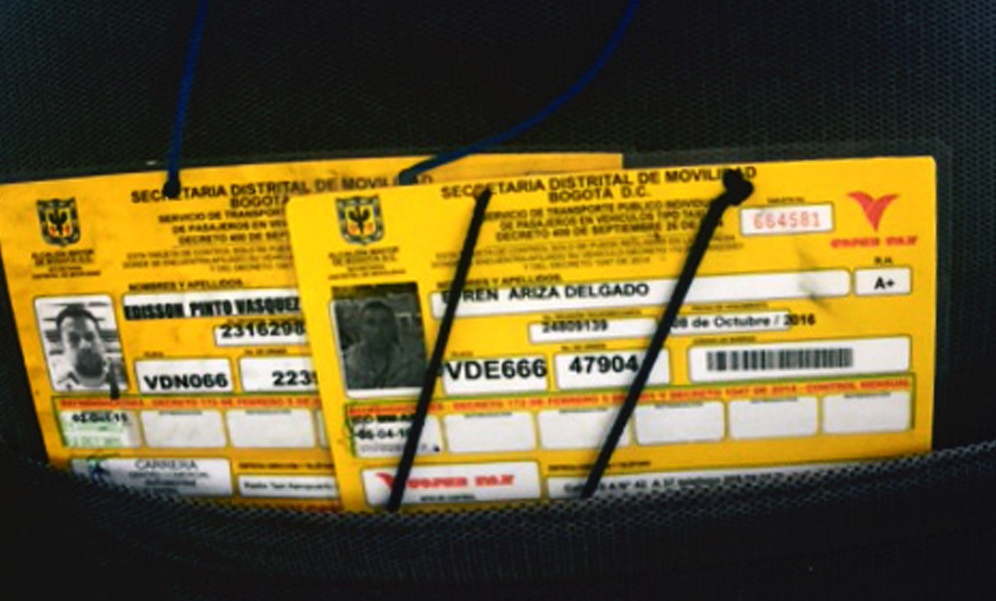
The problems
There are several problems with this law process. In the first place, this kind of legislation takes time and it hasn’t begun yet. It is problematic because they want to regulate that kind of platform as a luxury way of transportation. Needless to say, this isn’t the concept behind the company that works with the same parameters all around the world, also this regulation would significantly increase the costs of this service given that it would be taxed and economically classified as a luxury.
Why is it that if this company has well-defined guidelines which work the same all around the world, that regulate its policies and working methods, do they have to change it in Colombia? Why does it have to be regulated as a luxury transportation method when it is not? One of the benefits of Uber is that it is reachable to most people and ultimately those who don’t use it also benefit from its existence because the city’s transportation and mobility are far less crowded and work better.

In Bogotá and in general all around Colombia, but mostly in the capital city, the public transportation services are monopolized: there are two or three companies with strong and not passive labor unions that manage all the business and offer public transportation in the city.
Cab companies that work in Bogotá are owned by two or three main owners. There are three or four partnerships that handle the bus business. Generally speaking, they are all just the same.
It is understandable but not reasonable at all that those big business people don’t want to lose income or their power by other services that are in the other way more efficient and transparent than the cab and bus companies.
The cab world
But the real problem is not just that public transportation is monopolized. It is also that because of that and the lack of competence, they usually offer a poor and inefficient service. This happens mainly because they don’t have any need to improve since they don’t compete and that allows them to be mediocre. They establish their own rules; they are self-regulated and have tacit rules for regulating the services they offer.
It is very common for example that the cab drivers in Bogotá ask the passengers where are they going before they randomly decide if they take the passengers or not, when in theory they have to take all rides when in service, according to the law.
Also even though the government supposedly regulates the cab fares, in reality, they charge what they think they should. the truth is that they couldn’t care less about the price table established per distance according to the driven units by a taximeter (which is not trustworthy either because they tend to adulterate).
Cab drivers simply use it to inform the rate they are going to charge when they decide if they take the ride. They just say I take you only if you pay a certain amount of money. If the passenger is not willing to pay that amount the driver usually answers: “Sorry I’m not going that way”.
When they do take the rides, they don’t follow the price charts and they charge more than the established rate. If a passenger decides to complain about it, the driver reacts with anger and occasionally with violence blaming the passenger.
Most of the cab and bus drivers are not very responsible or have strong driving skills. They have lots of pending tickets for driving infractions and they don’t show any interest in paying them.
There are no controls to oversee if the drivers have pending legal processes or if their driving licenses are in order.
Many times they risk their passenger’s lives and security, they are distracted drivers, listening to loud and strident music, texting while driving, and talking on their cell phones while in service. They are careless about their jobs responsibilities and necessities.
But with Uber…
On the other hand, Uber drivers are kind and responsible. They usually open the door for the passenger, greet and introduce their selves kindly and politely, close the door for them, and ask the passenger the radio station or kind of music that they would like to hear. While they drive they never use their cell phones and if for any reason they must answer a call they ask the passenger first if they can always use hands-free devices or wireless systems.
They don’t know much about routes because in some cases they haven’t been driving for as long as other public transportation drivers. They all have access to satellite location systems which they always use after fully stopping the vehicle.
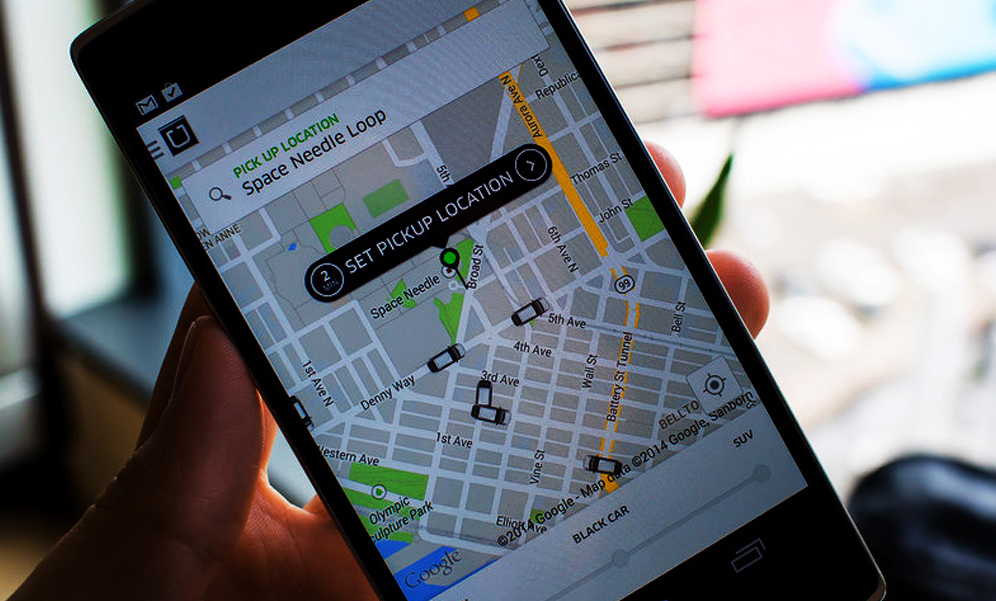
Uber runs different studies and analyses for all their drivers and it runs them regularly. When they join the company the drivers are tested on their driving skills and also they have to pass different security tests, in which they analyze their judiciary background if they have pending processes they are unable to join the company.
If they have pending tickets or traffic sanctions drivers can’t work.
Once they join they also have to present regular updates for all the necessary documents and tests. Just like the airline pilots regularly do with the flying simulators. All those resources are a trustful clue to guarantee the quality of their drivers.
Uber rates are also unified and transparent for everybody. This means that the user knows in advance the corresponding price for the ride according to the driven unit and the distance, it is a mathematical formula. For more transparency it is not the driver who assigns the price, it is the system. Once they have reached their destination the price comes up and that’s why it’s practically impossible that the rate could have mistakes or that it could be manipulated by the driver following his convenience.
Uber doesn’t charge more when the ride is at night, on weekends, or by calling the service and not taking it on the street all of them are overcharged by the taxis.
In chaotic cities
In chaotic cities such as Bogotá, it is very common that the taxis offer become uneven in covering all the demand. During rush hours it will become impossible to find an available cab. It would seem that all of them are taken or simply because they decide not to work because is not profitable maybe because it’s raining and the traffic jams are impossible. Another reason is that it is Friday and the city starts to collapse and the drivers just decide not to work or to provide the service.
With Uber, this is not possible. First of all, drivers get sanctioned if they don’t accept several services in a row. Secondly, Uber also sanctions them by taking them off the platform for several hours as a consequence of not providing the service as it’s their duty.
Uber has a system for reassuring that there are always available cars: the dynamic fare by which if the demand is off the charts they raise the minimum values for the rides.
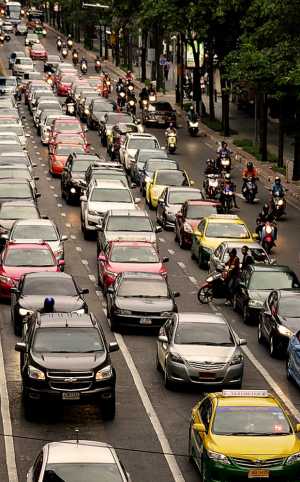
It is always the customer who decides if he accepts or not the higher fare. The higher fare is also previously informed and the client knows in advance which would be the updated rates.
To Finalize
The differences between Uber and taxi services at least in places such as Bogotá are evident. One could say is an abysmal difference but is not enough.
Uber is a good alternative as a complementary way of transportation but the transportation problems need stronger actions and government decisions it is not only the government’s responsibility it is also our duty. Citizens must watch and demand for these actions and definite solutions in transportation and other civic issues.


